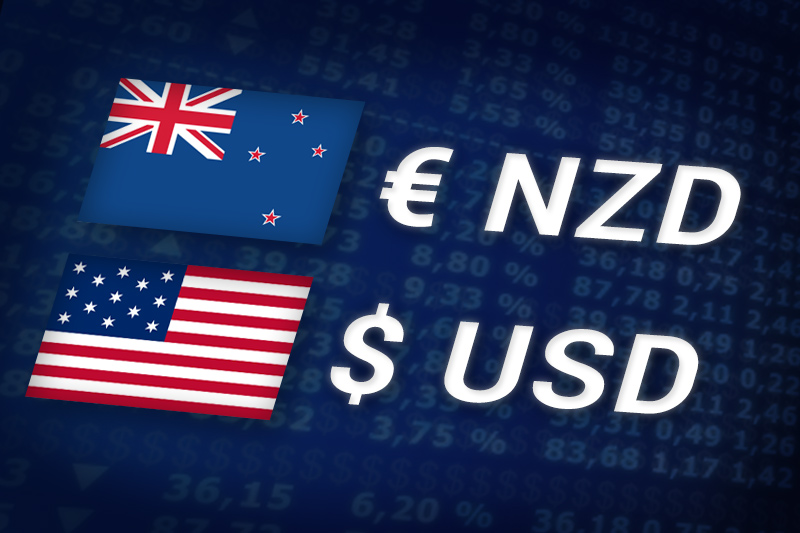Investing.com – The New Zealand dollar was higher against its U.S. counterpart on Monday, amid thin trade as local markets remained closed for a public holiday to mark Wellington Anniversary day.
NZD/USD hit 0.7602 during late Asian trade, the pair’s highest since Thursday; the pair subsequently consolidated at 0.7587, easing up 0.19%.
The pair was likely to find support at 0.7567, the days low and resistance at 0.7686, Thursday’s high.
The kiwi was supported by increased risk appetite amid indications that the European Central Bank was becoming more concerned about inflationary pressures and signs that European business confidence has remained strong.
On Wednesday, the Reserve Bank of New Zealand was to announce its benchmark interest rate. While the bank was widely expected to leave policy unchanged, markets were looking to the banks rate statement for any indications that slow growth meant there was little need to tighten policy in the near term.
The kiwi was also up against the euro, with EUR/NZD shedding 0.48% to hit 1.7893.
Also Monday, official data showed that Australian producer prices posted their smallest gain in a year, as a stronger currency lowered the cost of imports.
NZD/USD hit 0.7602 during late Asian trade, the pair’s highest since Thursday; the pair subsequently consolidated at 0.7587, easing up 0.19%.
The pair was likely to find support at 0.7567, the days low and resistance at 0.7686, Thursday’s high.
The kiwi was supported by increased risk appetite amid indications that the European Central Bank was becoming more concerned about inflationary pressures and signs that European business confidence has remained strong.
On Wednesday, the Reserve Bank of New Zealand was to announce its benchmark interest rate. While the bank was widely expected to leave policy unchanged, markets were looking to the banks rate statement for any indications that slow growth meant there was little need to tighten policy in the near term.
The kiwi was also up against the euro, with EUR/NZD shedding 0.48% to hit 1.7893.
Also Monday, official data showed that Australian producer prices posted their smallest gain in a year, as a stronger currency lowered the cost of imports.
